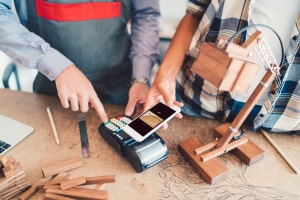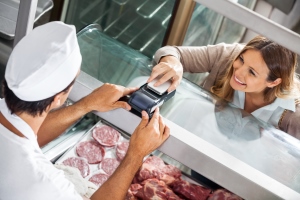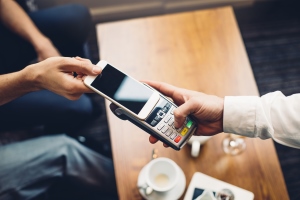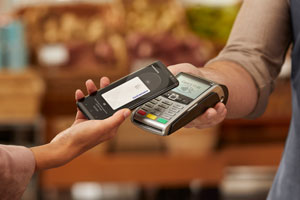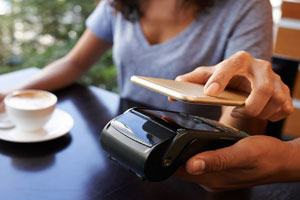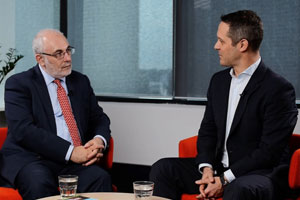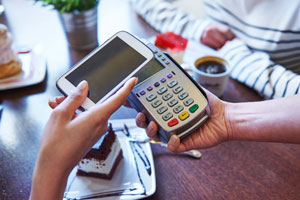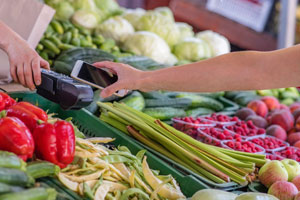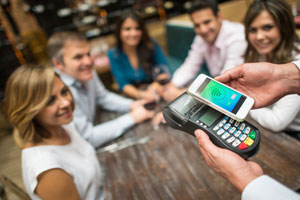
In the highly competitive environment of consumer banking, finding comparative advantage over major players is a rare opportunity. However, recent research by Telsyte shows clearly that the reluctance of major banks to adopt digital wallets such as Apple Pay, Google Pay (formerly Android Pay) and Samsung Pay has created an opportunity for those institutions who have led the way in offering their customers more choice in the way they pay.
Aussies will move banks to pay with their phones or wearables
Recent research shows that mobile and wearable payment solutions like Apple Pay, Google Pay and Samsung Pay are increasingly influencing consumers’ choice of financial institutions.
The Telsyte study found that around one in five (22 per cent) iPhone users claim they are more likely to bank with a provider if it supports Apple Pay. This figure increases to 32 per cent for those who are also using an Apple Watch. This research shows a clear opportunity for financial institutions to differentiate from the major banks to acquire new customers – particularly those using Apple devices.
Mobile payments are growing in Australia
Although the number of payments made by mobile devices is still comparatively small, the use of mobile payments is growing quickly year on year. The RBA reported in its 2017 Consumer Report that only 2% of consumers had used a smartphone, watch or band to make a payment. This figure has grown exponentially to 14%, according to Telsyte’s study in 2018. This could be due to increasing understanding amongst consumers that mobile payments are more secure than Tap & Pay cards, which I discussed in my recent article on digital wallet security.
Other key takeaways from Telsyte’s research that have implications for financial institutions that are considering offering mobile payments to their customers include:
- Smartphone sales were up 11% year on year, 9.2 million units sold in 2017
- There are 19.3 million smartphones in circulation in Australia
- Android/Google based smartphones made up 55% market share, Apple with 45%
- Growing price is being driven by need for greater internal storage (supporting greater capabilities and use)
- 85% of consumers replace an Apple iPhone with another iPhone, Samsung at 70%
- For the first time, more smartwatches were sold than smart bands in 2017 (58% v 42%)
- Apple watches lead the smart wrist wearables market in Australia, with now over 1 million Apple smartwatches in the country. FitBit were the leader in smart band devices
We were an early partner and adopter of mobile payment solutions, offering Apple Pay, Google Pay and Samsung Pay to our clients. At Cuscal we support over 41 financial institutions offering Apple Pay, Google Pay and/or Samsung Pay to their customers.
By Trent Gunthorpe, Head of EFT, Acquiring and Digital
